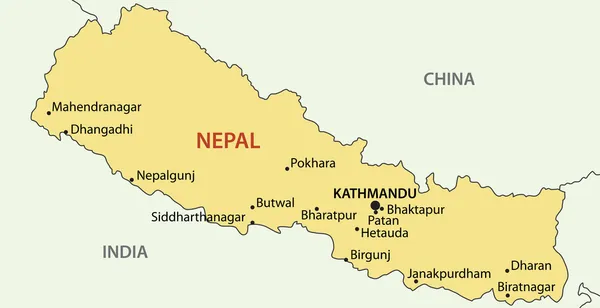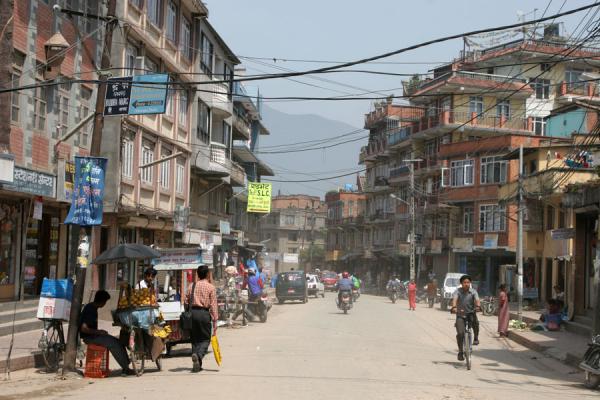Nepal is a landlocked country in South Asia, situated between China to the north and India to the south, east, and west. The Himalayan range and Mount Everest are its most famous natural attractions.
After decades of political instability, the Nepalese government is a federal democratic republic with a parliamentary system, where the president serves as head of state and the prime minister as head of government exercising executive power.
The economy has remained resilient despite political challenges, attributed to increased tourism and private consumption, although agriculture remains the backbone of the economy.

In terms of infrastructure, Nepal faces significant shortages in areas such as transportation, electricity, and potable water, although it has substantial hydroelectric potential currently under development. In the commercial sector, Nepal maintains relations primarily with India, China, the United States, and Germany, exporting carpets, garments, and agricultural products, and importing oil, machinery, and pharmaceutical products.
Nepal, with a population of approximately 30 million in 2024, is a deeply diverse society consisting of 142 ethnic groups and 124 languages, with Nepali as the most widely spoken language.
In the religious sphere, Nepal is a secular country where Hinduism (the predominant faith), Buddhism, Islam, and Christianity coexist.
Despite significant progress in poverty reduction, a substantial portion of the population remains affected. Labor migration continues to be a key characteristic, particularly among youth who emigrate mostly to Middle Eastern countries and Malaysia for better opportunities.
In terms of education, literacy rates hover around 70%, although disparities between urban and rural areas exist, and the education system still faces challenges in quality and access. Likewise, health services remain limited, especially in rural regions.

